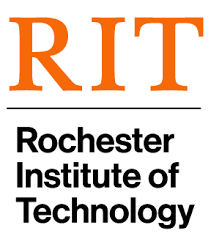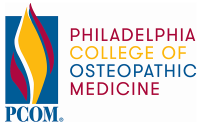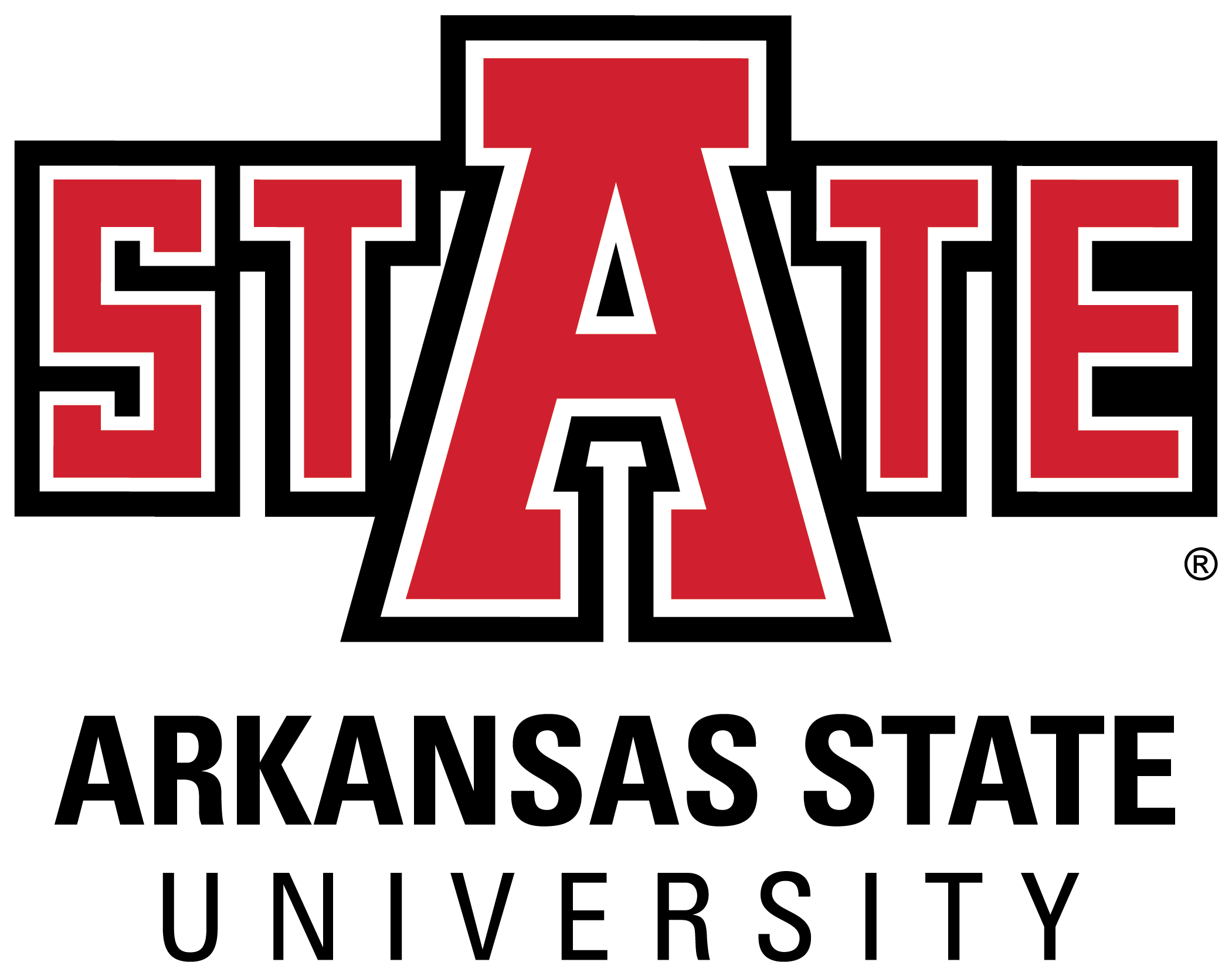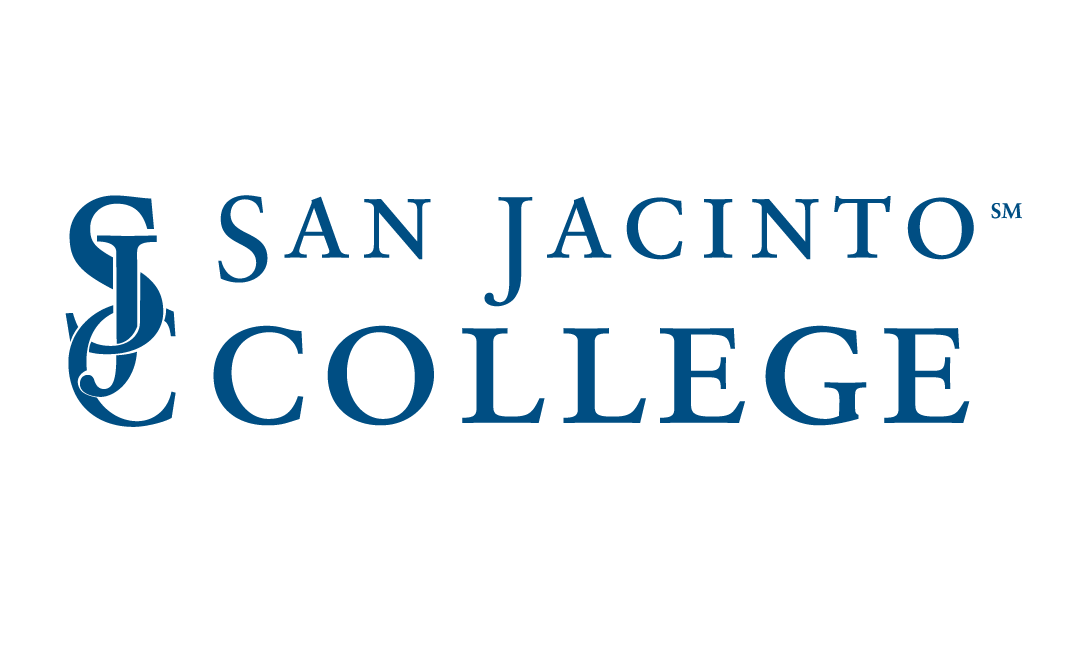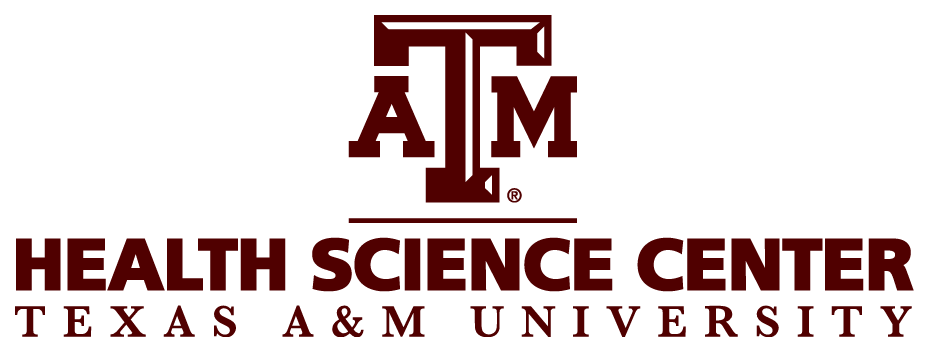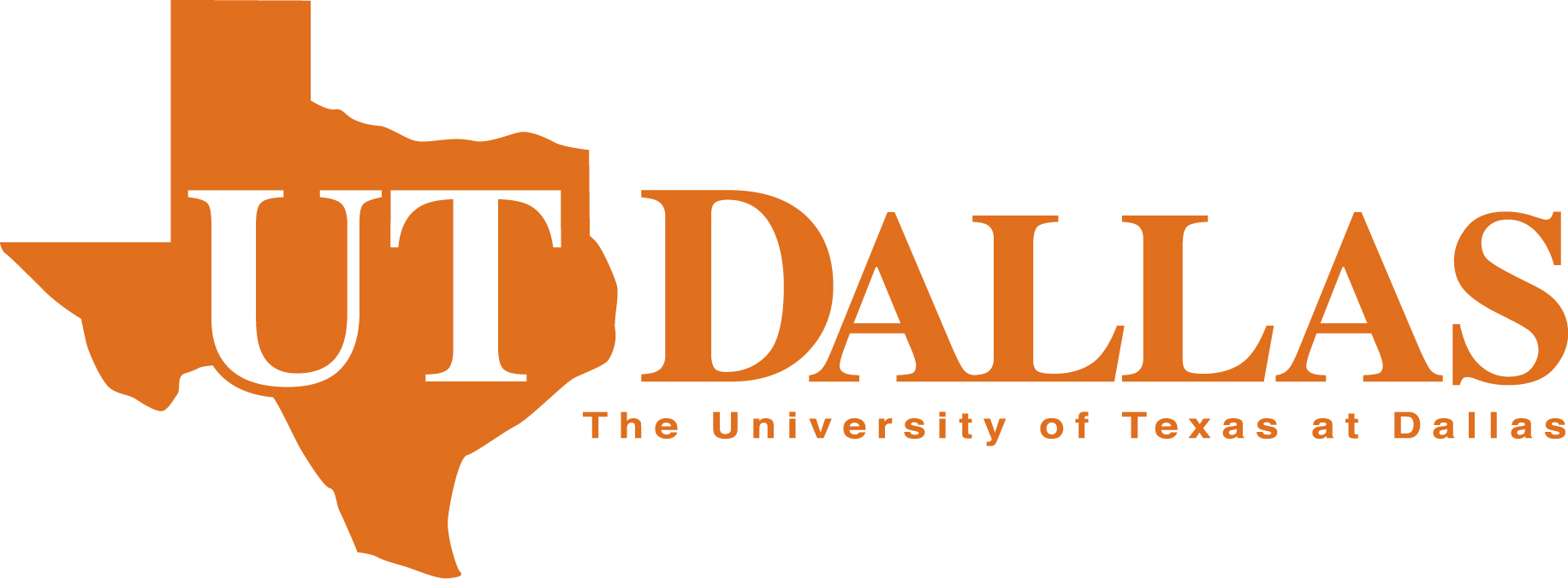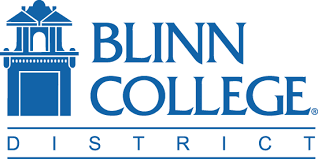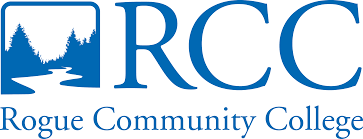Drew Townsend is the Director of Environmental Health and Safety at Texas Woman’s University. With an enrollment of over 16,000 students, TWU is the nation’s largest university system focused on women. In a recent Q&A, Drew talked about how EH&S works with campus partners to mitigate risk, along with their recent transition to CampusOptics.
How long have you been in the position and how did you end up in campus safety?
I have been the Director of EH&S at TWU since 2018 but started in the EH&S office here in 2016. After getting my Master’s in 2007, my first “real” job was as a lab research assistant and then field research assistant in two different positions at the University of Texas. While not directly related to safety, it was my first peek at EH&S at universities and I loved working in higher education in general. After that, I then changed careers and worked in several EH&S-related positions before starting here at TWU in 2016. I always wanted to be back in higher education though so I am quite fortunate things worked out the way they have!
What’s the most challenging part of your role?
The most challenging part of my role is wearing many hats in the right order at the same time and making sure they don’t fall off! Seriously though, a typical day for me or someone in our office can include a plan review for fire code compliance, doing hazardous waste determinations, conducting radiation safety officer duties, giving confined space entry training, and conducting a lab safety inspection. While I also find the varied duties one of the most fun parts of my job, it can be challenging to do everything at a highly successful level when time is limited.
What’s the most rewarding part of your role?
Facilitating the yes I think is the most rewarding part of my role as an EH&S Director. So many times our university stakeholders view EH&S as the department of NO and think that we just shut operations down, rather than help them do things safely. Research and innovation often come with risks, but it is necessary as a university to push for research and innovation, albeit in a safe manner. So, when I can work with people to enable them to find solutions to the “risky” problems rather than just saying “No, you can’t do that,” I find it very rewarding.
Why is campus safety so important?
The primary mission of universities is to educate the next generation of leaders and global citizens. In order to enable students to fully immerse themselves in their studies, and extracurricular activities, and grow as a person they need to be in a safe environment. Number 2 on Maslow’s Hierarchy of Needs is safety needs. I know it is not talking about the needs of college students to succeed or traditional EH&S safety, but the principle still holds true. Without a safe environment, our students would not be able to reach their full potential.
How has CampusOptics helped you to improve safety at TWU?
University campuses are almost like little cities – so much going on from building construction and maintenance to cutting-edge research to housing students and much more. Each of these areas comes with a plethora of EH&S-related regulations and simple best practices that need tracking to make it a healthy, compliant campus. Campus Optics has helped tremendously with having a one-stop shop to see everything EH&S related to ensuring we stay on track. We previously used three different pieces of software (not to mention some spreadsheets and paper thrown in) to do what Campus Optics can do so it was easy to overlook items needing attention and enables us to be more efficient.






